World Artists and their Story, 23 - Drager Meurtant
World Artists and their Story, 23 – Drager Meurtant
Drager Meurtant makes assemblages and collages from demolition material with poetic overtones. It was shown in June 2016 in both the interior and the garden of the MLB Gallery as part of the exhibition ‘Through each other: where tracks intersect’.
He uses different materials, including metal, cloth, wood, stone and glass with which he builds a ‘spatial thing’. “Preferably with a certain naturalness. A piece of wood reminds you of something. I combine it for instance with something of iron. The combination of the two yields something new, that is greater than the sum of its parts. Mostly I change little to the components of the whole. In this way you achieve much with little.”
Assemblage Art
I speak with Drager Meurtant in the gallery. His wife Jeanine Keuchenius, whose work was also to be seen at the exhibition, sits also at the table. He had advised me to read his article in Axon Journal, ‘Assemblages, the entrails explained’. I read that Meurtant has famous predecessors: Pablo Picasso, Kurt Schwitters, Man Ray, Juan Gris, Marcel Duchamp and Vladimir Tatlin.
I read further that the first major exhibition of assemblage art, The Art of Assemblage, took place in 1961 at the New York Museum of Modern Art (MoMA) and its curator was William C. Seitz. The catalogue is now seen as standard. Assemblage Art makes use of preformed natural or manufactured materials, objects or fragments that are not art material itself, said Seitz.
Meurtant in Axon Journal: “The essence of working with found objects (or scrap material) is that their different backgrounds will enrich its composition. This effect is based on the different origins, structures and functions of the elements: wood, metal, glass, stone, cloth, plastic etc.”
The container
It is also important to get a certain feeling with a found item, also with the shape a material got at an earlier use. Sometimes it is damaged. But this load gives the item extra content. Meurtant: “A pallet is a good example. I think they are especially beautiful when they are old. I pull the nails out and I use them for a different artwork. Waste has its history, it was part of people’s life. Use of waste in a newly formed assembly turns loss into something sustainable.”
Is it possible to find demolition in Zeist, the residence of Meurtant and his wife? It’s such a neat town. “Certainly. In Zeist there is reconstruction. You see a container, for instance in Kerckebosch district. I’m seeking especially metal parts, rebar. ‘Where is the chief?’ I ask. ‘You should be with him.’ The chief: ‘What do you need it for?’ ‘For art. ‘Then you have to be in the container.’ Then I grab rebar residues and make it manageable with the angle grinder. And two days later I come back again, because I have to keep my stock level.”
Fortunately Meurtant has a large barn and a spacious garden. His wife Jeanine helps him with searching, on the bike. Meurtant: “Sometimes I have a few pieces of iron, often distorted by the process, and can exploit the already existing shape.” It is also possible that he sees something somewhere and walks past it. It doesn’t generate any ideas. “But then, the eleventh time, I suddenly see an opportunity where I can fit it in nicely. In one ‘juxtaposition’, a placement in combination with something else.”
Quite often the preparation happens at night. “My mind is working at night, making ways to work it out. What items and materials have a synergistic effect or strong enough contrast? What shape should it take? The next day I’m going to work with those thoughts and the execution goes without a hitch.”
Key work
As a key work he mentions ‘Ensemble de Creatures’ (2014). “I started with a large window, with double glazing. In the edge of the connection was a bright metal strip. I’ve built a wooden frame around it. Thus arose a front- and back area where best use is made with the creation of dream figures. Along the lines of Lucebert, Max Ernst and Chagall.”
As a second key work he mentions ‘Progress halted’(2016). “It’s my first bronze work. Last year I was standing at an art fair in Ahaus, just over the border at Enschede. I combined some sticks and thought at one point ‘What would it look like if I take it to the foundry?’. I did and it has become a totally different thing.” We put the work in front of us. It could be an example of constructivism. The original structure and the timber lines are clear to see. “This is worth repeating.”
Besides assemblages Meurtant makes collages. There are several hanging in the gallery. “In a collage you have to realise depth in a different way. You must be careful that you don’t fill it in too much. As an example we look at the collage ‘split face’. “There is space, thinness. A picture is to be seen. A newspaper picture that was accidently on the table when I was making it. I have asked the photographer, Raymond Rutting, if I could use it. ‘Fine’, he said.”
Three years ago, when Meurtant began his assemblages and collages, he also wanted to do something with photos. He was advised to make a choice for one of the two, but ‘I have always been stubborn’ and the photos have not disappeared, in many of the collages partly own pictures or pieces of other photographs got a place.
Like-minded people
“I wanted to give shape to things of the world, experiences, a place, a dream, a memory, a walk, a building to collapse. Sometimes you see that I completely let go the physical layout of the work. That happens in dreams too.” When he looks back on the past three years he’s amazed how he has developed. But at the same time he realizes that there is still much to learn. “You see some people stabbing at a certain format. I’m still searching for renewal.”
For this, he seeks contacts with like-minded people. He is a member of the International Society of Assemblage and Collage Artists. He has contact with various artists and art lovers like Marcus Bunyan who has a blog, https://artblart.com/ with 9000 followers. Bunyan has also given attention to Meurtant’s work. Furthermore, in America Robert Ohnigian and Cecil Touchon. And in the Netherlands the artist Fons Heijnsbroek. In the Rotterdam Kunsthal was not that long ago ‘The Museum of Everything’ with art by artists who were operating outside the conventional art circuit. “Very interesting exhibition. A search for further background information on artists brought me to many interesting blogs of artists and art lovers. The Internet is a rich environment.” Meurtant communicates about his work with his phots on Flickr, https://www.flickr.com/photos/97577184@N04/ where he has a good number of followers. He is known for his texts, often funny additions to the work, which could also be seen on the Amsterdam exhibition. “I get comments, even from abroad that one takes pleasure in those texts.”
Veterinary medicine
Meurtant’s real name is Gerard Rutteman. He was and is not unimportant in Dutch veterinary medicine. After achieving his doctorate, he worked for 36 years as an oncologist at the Faculty of Veterinary Medicine. He wrote many papers for scientific journals and journalistic pieces for the general public. But after the financial cuts the atmosphere on the faculty got disagreeable. He supervises a PhD project in the US but wants at the the end of the year to be full time engaged in his art.
Already in his scientific time he felt the need to express himself creatively. He did so with poems and in his articles he put some creativity as well. The foreign conferences he also used for museum visits. “Then we had three days conference. Jeanine came along and already went into the city and the last day and a half we went together, seeing systematically the main museums.”
Finally he says, when asked about the philosophy behind his work, ‘Life goes by. I’m not a happy person in general. In my art the essence of life is incorporated. It makes you independent of gravity.”
Article: Drager Meurtant, Assemblages, the entrails explained, in Axon Journal, Issue 9.
Images: 1) Burning wheel, 2) Ensemble de Creatures, 3) Split Face, 4) Empty Face, 5) No long faces, 6) Paleidoskopus, 7) Progress halted, 8) The goddess Xyope, 9) Career, 10 Fragments
http://meurtant.exto.nl/
http://bit.ly/2dlLXDc
http://ifthenisnow.eu/nl/verhalen/de-wereld-van-de-utrechtse-kunstenaar-6-drager-meurtant
Disclaimer: The views, opinions and positions expressed within this guest article are those of the author Walter van Teeffelen alone and do not represent those of the Marbella Marbella website. The accuracy, completeness and validity of any statements made within this article are not guaranteed. We accept no liability for any errors, omissions or representations. The copyright of this content belongs to Walter van Teeffelen and any liability with regards to infringement of intellectual property rights remains with the author.

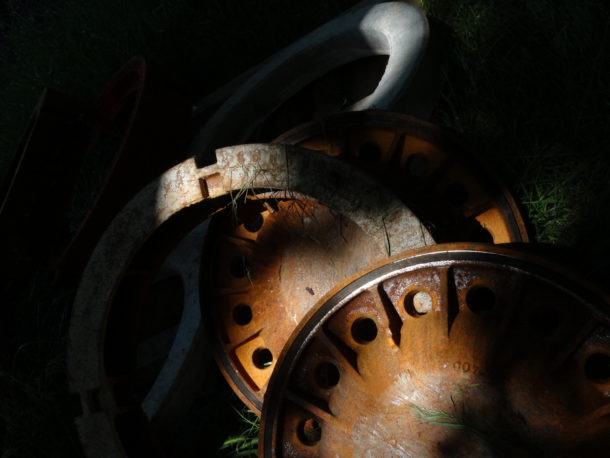
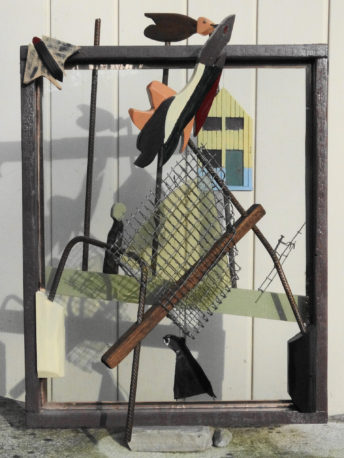
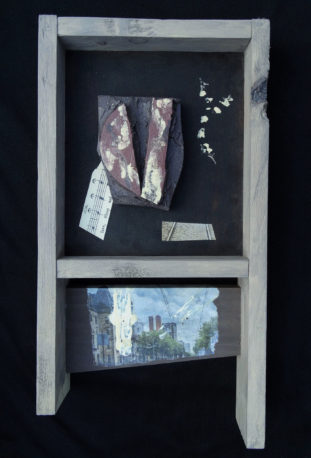
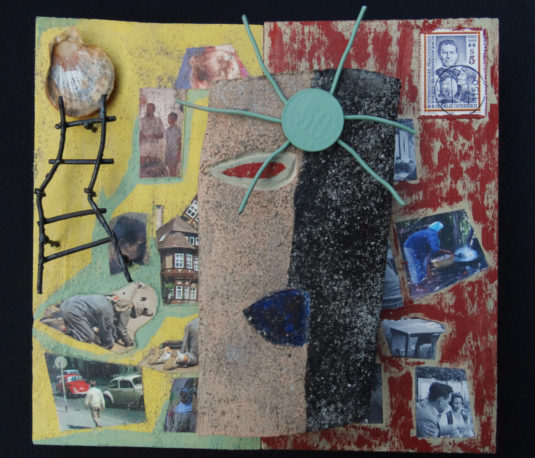
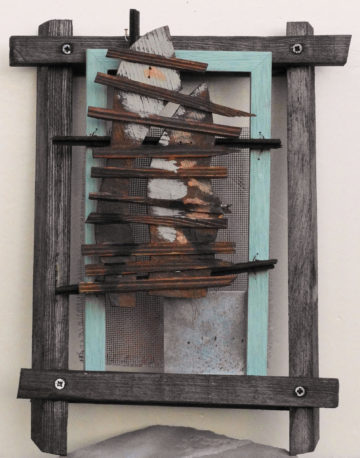


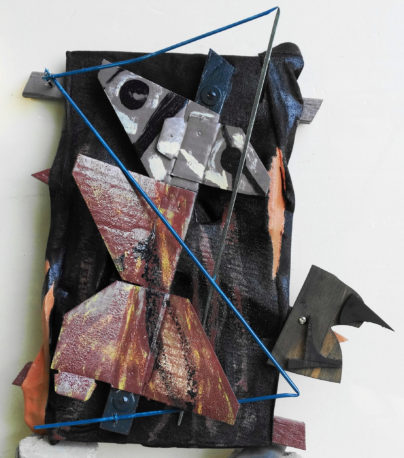
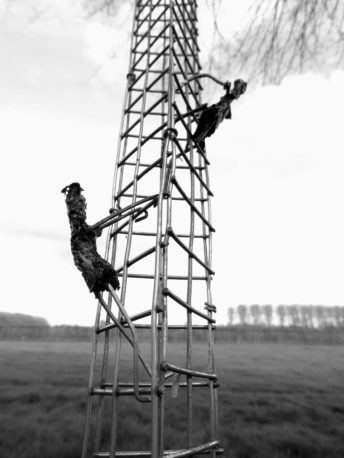
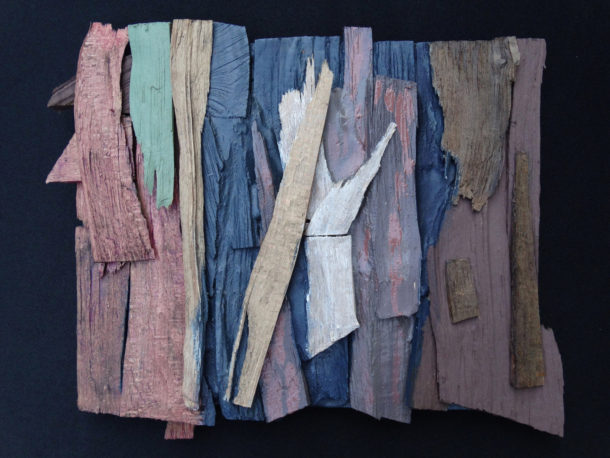














The opinions expressed by individual commentators and contributors do not necessarily constitute this website's position on the particular topic.